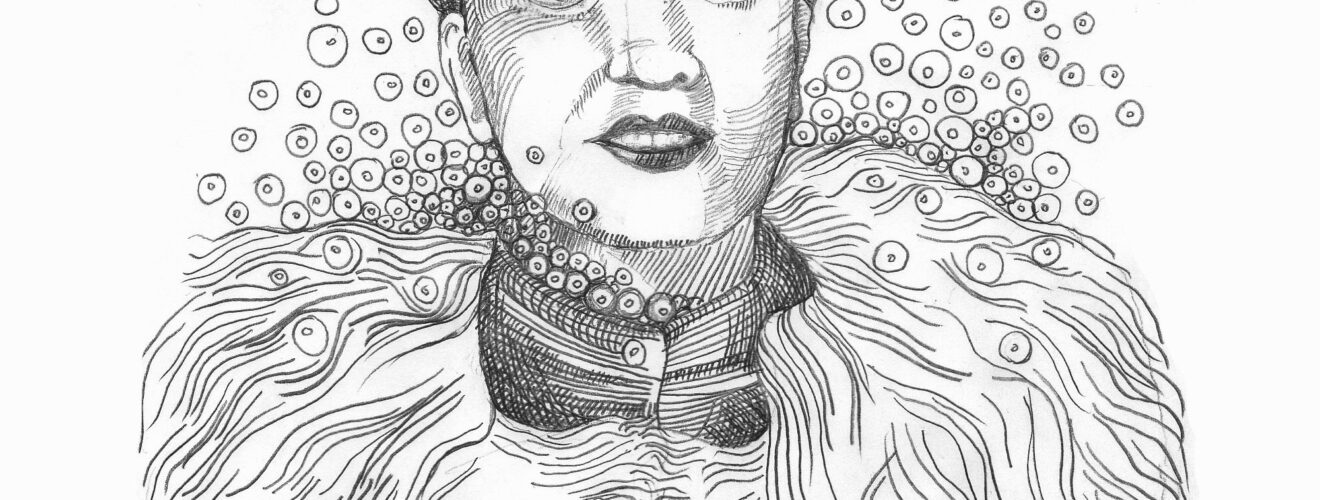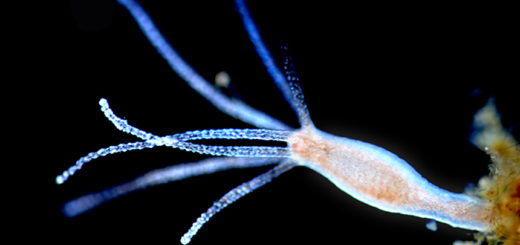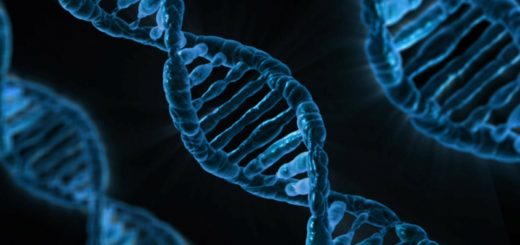Henrietta Lacks: An Ordinary Woman with an Extraordinary Story

Henrietta Lacks was born on August 1st 1920, the ninth child in a poor black family of tobacco farmers in Virginia, USA. At the age of 30, Henrietta developed extremely aggressive cervical cancer. During her treatment she unknowingly donated her cancer cells, which are still growing to this day in laboratories worldwide. Henrietta never knew, but her cells went on to open the doors to modern medicine, saving thousands if not millions of lives by aiding the development of novel therapies for many diseases such as cancer, AIDS and polio.
At 30 years of age and just before her pregnancy with her fifth child, Henrietta felt what she called a ‘knot’ inside of her. She was seen at the world-renowned Johns Hopkins Hospital in Baltimore, where she had moved with Day Lacks, both her husband and first cousin. At that time, it was the only hospital in the area that treated coloured people. She had a lump in her cervix, the lower part of her womb, which the doctors took samples from for diagnosis. However, without her consent, a second sample was taken on the instruction of Dr George Gey, a scientist at Johns Hopkins.
For decades, Gey had been one of the many scientists trying to grow human cells outside the body. Achieving this would provide a vital tool, allowing easy manipulation of the most basic unit of life in a dish. They hoped they could use such cells to unlock the secrets of how human cells function, and to test new drugs without the risks of testing them on patients. They believed these cells would hold the secret to curing cancer and many other diseases. The problem was, for some reason, all human cells they had tried to grow in a dish always died.
Henrietta’s cells arrived at Gey’s lab, and the task of isolating the tumour cells fell to Mary, his lab assistant. As with hundreds of samples before, Mary chopped the sample into many small pieces and left the cells overnight with the nutrients needed for the cells to live in liquid from. By the next day Henrietta’s cells had doubled, and, to this day, they have never stopped dividing. Gey passed her cells onto any lab that wanted them, calling them ‘HeLa’ after her initials.
Meanwhile, Henrietta was treated with the only available treatments of that time. This included treatment with radium, a highly toxic metal deadly to living tissue. A rod of radium was sewn next to the tumour in an attempt to kill it. However, Henrietta’s cancer still spread rapidly throughout her body. Despite being in an immense amount of pain, she continued her life without complaining, caring for her family and walking to and from the hospital for treatments. The hospital refused to hospitalise her, presumably because of her colour. Eventually her pain became unbearable and, after asking, she was given a bed and died months after her diagnosis.
For years, Henrietta’s family were unaware that her tumour cells had been circulated to laboratories worldwide. When her daughter Deborah found out, she was astounded, believing that her mother could not rest while her cells were alive. That her mother could feel the pain of every experiment performed from beyond the grave. Her family lost lawsuits against scientists for financial reimbursement.
The impact Henrietta’s cells have had on our life is immeasurable. Most notably, HeLa cells enabled the development of the first poliovirus vaccine and allowed the development of the first chemotherapeutic drugs for the treatment of cancers. Her cells were also part of a space mission to understand the effect of zero gravity on human cells. It has been estimated that the number of HeLa cells that have grown could stretch around the world multiple times.
Henrietta’s cells were the first I ever worked with in the lab. I still remember looking down the microscope in amazement at them, growing in small clumps. At the time I didn’t stop to think where these cells had come from, and didn’t know Henrietta’s story. We still don’t really know what made her cells special, why they took so easily to life outside the body. However, we do know that everybody’s cancer is different, and it could have had something do with how aggressive her cancer was.
I admire Henrietta, not only because of her contribution to medical research, but for the strong sassy woman that she was, single-mindedly carrying on in the face of immense pain and discrimination against her because of her race. Nowadays, tissue samples cannot be taken without consent, and I’m disappointed that the scientists of the generation did not give Henrietta the recognition she deserved or the correct support to her family. I think it’s important, then, to appreciate and share the story of the immortal woman who changed our lives for the better.










